Exceeding Customer Expectations: 7 Ways to Nail it Through Effective Communication
Exceeding customer expectations builds loyalty and boosts sales. Learn how to master it!
Written by Austin Guanzon

Customers are the backbone of your business—that’s no secret. Without them, it would be difficult to bring in any revenue.
You also know how important it is to listen to customers, whether the customer feedback they give is negative or positive.
Knowing your customers and building a relationship around trust is the foundation of your business. That said, meeting customer expectations doesn’t cut it these days. To really stand out and keep people coming back for more, exceeding customer expectations is the key.
How? By using effective communication.
What are the benefits of exceeding customer expectations?
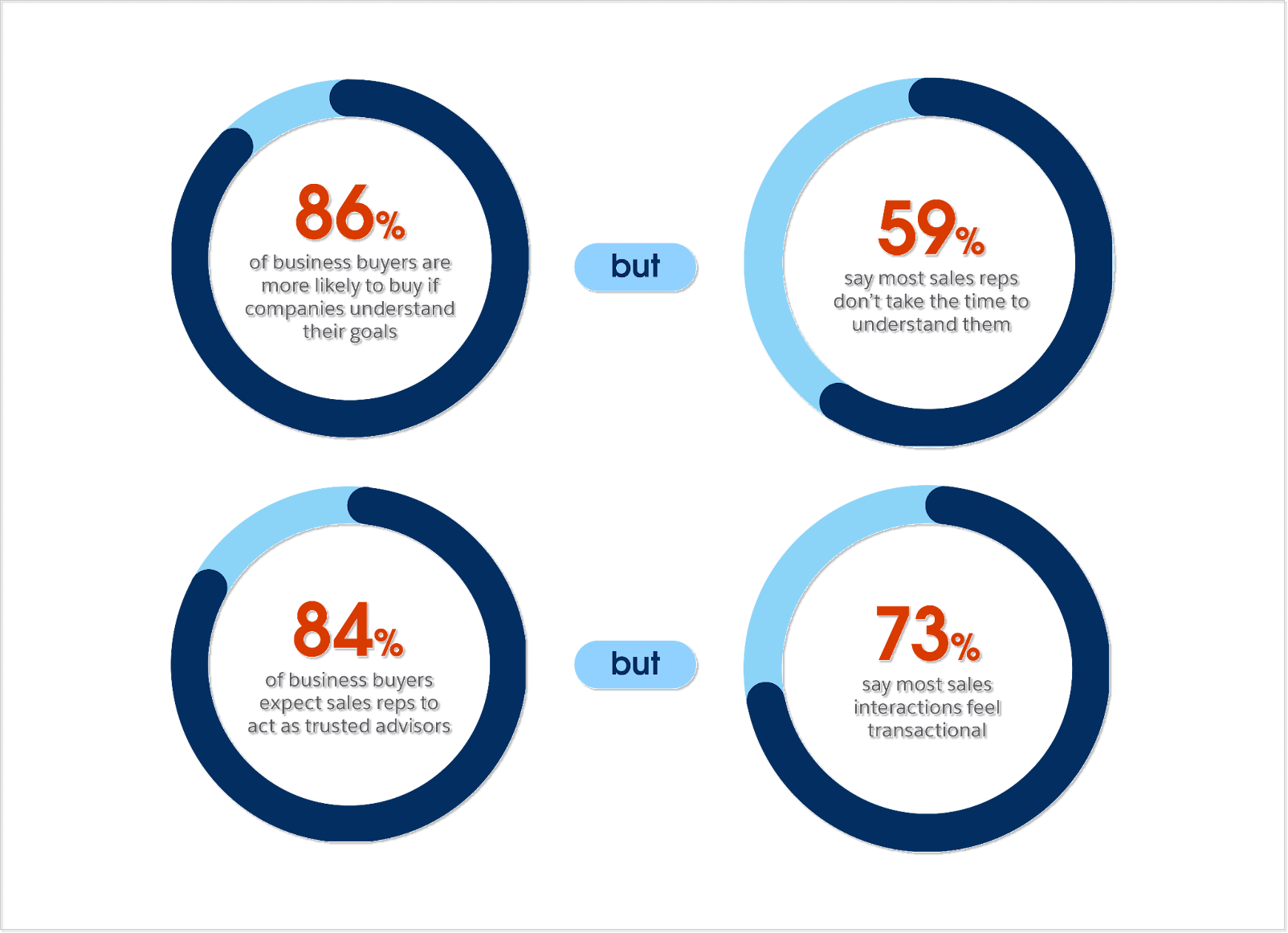
Why is it not enough to just meet basic customer expectations? Why should you be looking to exceed them? The statistics above tell their own story. But here are a few more reasons why it makes business sense to go above and beyond.
- It boosts customer loyalty and retention: Customer satisfaction keeps customers loyal, which can reduce your average customer acquisition costs (CAC) and improve customer lifetime value (CLV). Meet their expectations, and they might just feel ‘okay’ about their experience. But exceed expectations, and chances are they’ll keep coming back to your brand.
- It improves sales and revenue: When consumers know that your brand exceeds expectations, your brand reputation improves. This attracts new customers while retaining the existing ones, boosting your overall sales figures. Combined with lower CACs and higher CLV, your profitability will also improve.
- It gives you free marketing: Exceeding expectations through an exceptional great customer experience gives you a source of word-of-mouth advertising. A loyal, regular customer is likelier to recommend you to others, connecting you with a broader customer base. They’ll also leave positive reviews—it’s a win-win.
- It helps you stand out from your competitors: In business, keeping up with the Joneses is not enough. You need to better the competition if you want your company to thrive.
Every company should strive to outperform its competitors, regardless of its sector. Exceeding customer expectations through great products and quality customer service can help you stand out from the crowd.
44.5% of organizations worldwide perceive customer experience as a primary competitive differentiator, yet only around 50% of businesses meet customer expectations for service response times. So if you can do better, you’ll have an immediate advantage.
7 communication tips on how to exceed customer expectations
Good communication is key to any successful relationship—and it’s no different with customers. The question is, how can you engage with both existing and potential customers in a way that fosters positive and lasting relationships? Here, we’ll explore a few tips to help you do just that.
Meet customers where they are
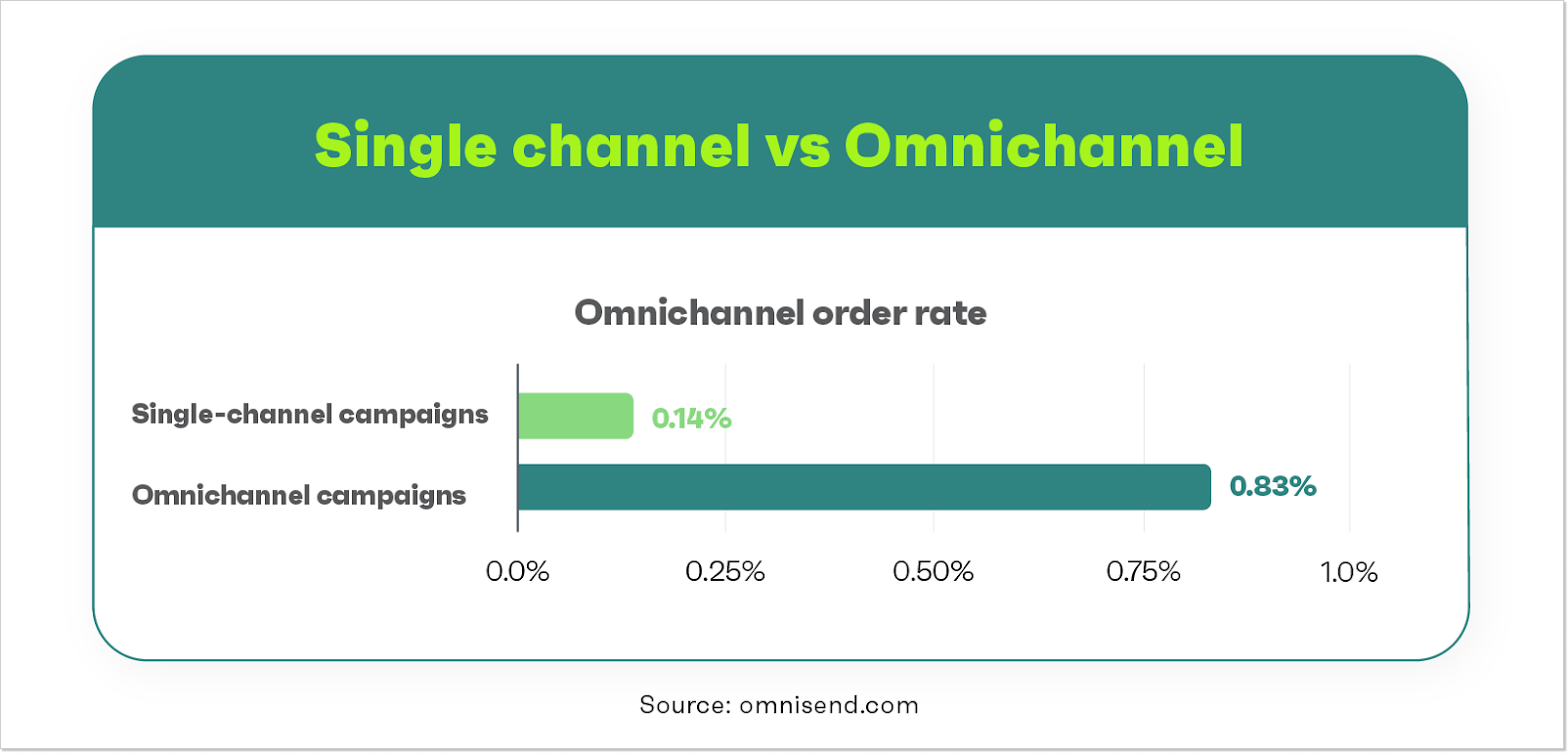
One major step towards exceeding customer expectations is having a good omnichannel strategy. When it comes to marketing strategies, it’s little use if you’re ‘meeting’ your customers on a single channel. You need to offer multiple customer touchpoints.
An omnichannel approach can have tangible benefits, with marketers who use three or more channels for a campaign seeing a 494% higher order rate than those who use one channel.
Analyze your data and identify which channels your customers prefer. This can help you draw up a roadmap that improves the customer journey and exceeds their expectations. Then, use a tool like the customer support solution from HelpCrunch for a more consistent customer experience.
A brand that excels at its omnichannel strategy is Target. The popular US department store partnered with Pinterest to integrate the social platform’s Lens feature into its own app.
The result? Consumers can take a photo of something they like, and the Target app shows them something similar that can be purchased at one of its stores. This was an absolute win when it comes to exceeding customer expectations with interactive, immersive, and seamless omnichannel experiences.
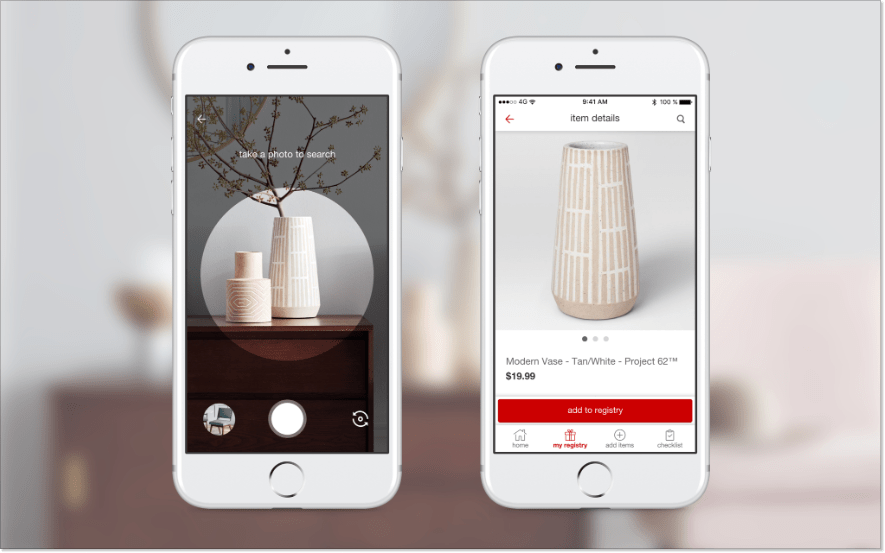
Remove communication barriers
In terms of content marketing, it’s not just about where you engage with your customers; it’s also about how they can reach out to you.
If a customer has a problem or a question, they don’t want to wait endlessly for their call or email to be answered. If they face a lot of hassle trying to resolve their issue, they may just look elsewhere.
Figure out what pain points your clients might encounter when contacting you. Then, identify solutions to remove those barriers so that it’s quicker and easier for people to find solutions.
One great option is to have a live chat and the option to call or email, keeping in mind different demographics will have different preferences. Today, businesses have the added benefit of tools like conversational AI technology, making communicating with customers in real time significantly easier.
Even if you don’t have a large customer support team, these tools guarantee that questions are either answered immediately or routed to a live agent who can help. They also give customers the choice of using a self-help option or reaching out to a human, raising your service standards.
Listen to your customers
You know the saying “customers know best”? This is particularly true regarding customer experience and how good your communication is. So listen to them.
Gather their feedback, analyze it for patterns, and gauge whether you’re doing something right or wrong. More importantly, act on that feedback to improve your interactions with customers and exceed their expectations.
Feedback can identify areas for improvement, yes. But you might also find that answers from customer surveys highlight issues you weren’t even aware of—which are having a knock-on effect on other parts of the business.
This process should also be incorporated into your customer orientation strategy and become a regular practice. You can collect feedback in numerous ways, including:
- Surveys are perhaps the most common way to gather feedback. They can be a great way of collecting information, but they also make the customer feel valued. Send surveys by email, have surveys on your website or social media platforms, or even run short surveys at the end of a phone call or other customer interaction (like a live chat).
- Reviews. In addition to not being afraid to ask for reviews, you should monitor any reviews of your brand and products. Some may be on your website or social media platforms, but you should also monitor independent review platforms. Use a media monitoring tool to help gather these in one place so you don’t miss anything.
- Social media monitoring. Social media platforms are often the first place people will go to vent their frustration or rave about a brand. Use social media listening and monitoring tools to track down what people say about your brand, products, or services on these platforms. You can track everything from brand mentions to keywords to hashtags and even gauge sentiment, which is a brilliant indicator of what you’re doing right or wrong.
Personalize whatever you can
Customers like the personal touch, so shockingly, 70% of brands don’t use email personalization. You should use data analytics to segment customer types based on patterns you identify, such as age or geographical location. From there, you can create buyer personas that fit your customers’ tastes and wants.
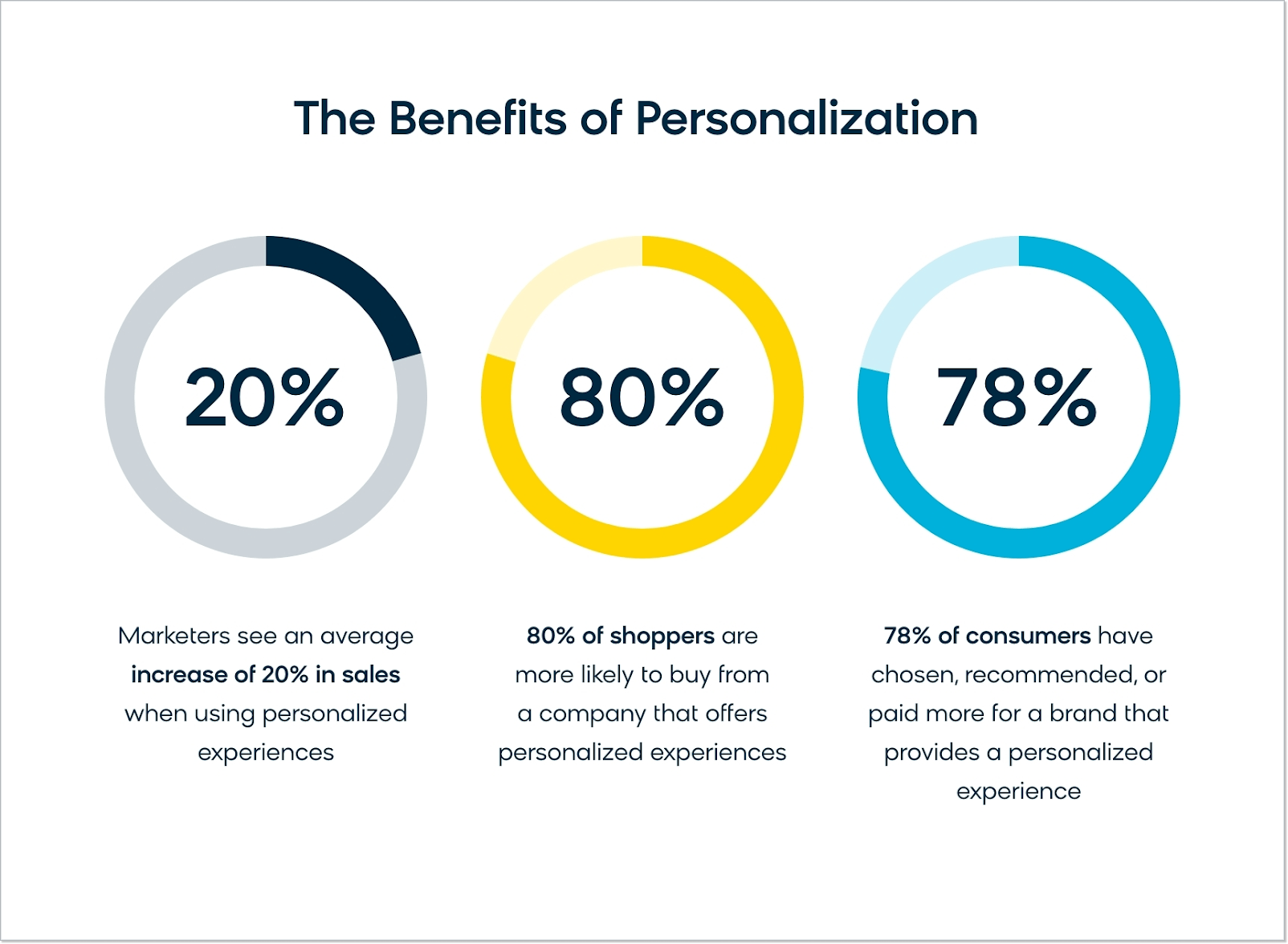
Personalizing email messaging or showing personalized product recommendations makes customers feel more connected with you. You can also use the information held on your CRM (customer relationship management) system to personalize communications.
For example, a customer phones your call center, and the agent can greet them by name and refer to previous interactions. This level of personalization is a measure of excellent customer service.
Most big brands now use personalization to exceed customer expectations – think about Netflix, for example. The streaming platform is pretty much all about customizing content to the viewer’s unique tastes. In this case, personalization goes way beyond simply adding your first name to an email.
The streaming service tailors everything to you, from the latest releases down to individual movies or TV series that are a great match, depending on your past viewing habits. It doesn’t get any more bespoke than this!

Think proactively
Don’t always wait for customers to initiate a conversation. Want to ask a customer to leave a review following a recent purchase? Then reach out to them! And if they’ve left a negative review or star rating, find out why.
Proactive customer service also involves offering help with onboarding and informing them about relevant product updates. You should also reach out when a customer abandons their shopping cart. If a customer has submitted an idea or requested a new feature, let them know when it’s been implemented.
Personalized offers are a great way to proactively encourage custom. It’s also worth setting up a loyalty program to let customers know they’ll be rewarded for choosing your brand. 71% of Gen X and 70% of Millennials say a loyalty program could influence brand choice.
In addition, don’t forget to proactively track some of these customer engagement metrics examples. This will allow you to monitor whether you’re exceeding customer expectations or if there is still room for improvement.
Proactive customer service and communications show that you are a customer-centric brand. As long as they are not spammy or overly promotional, people realize that you care about their needs and the overall positive experience and that you value their custom rather than just the dollars they spend.
Offer good self-service options
When it comes to defining customer service standards, good communication with customers is the key. But it isn’t always about direct communication; it’s about communicating information efficiently.
Self-service options can be a great way to impart simple information and gather feedback. Many people prefer to help themselves when they can, as it’s rewarding to solve problems on their own — and it can be faster than contacting the customer service team.
Some self-help options you might implement include FAQ sections, chatbots, knowledge bases, how-to videos and guides, and tutorials. To create these, look back at previous customer interactions and identify common topics and queries. Address these with your self-help materials, and keep them updated.
A prime example of great communication through self-service channels is Amazon. The global marketplace offers plenty of ways in which consumers can find answers to their questions, troubleshoot issues, and even cancel orders or get refunds at the speed of light.
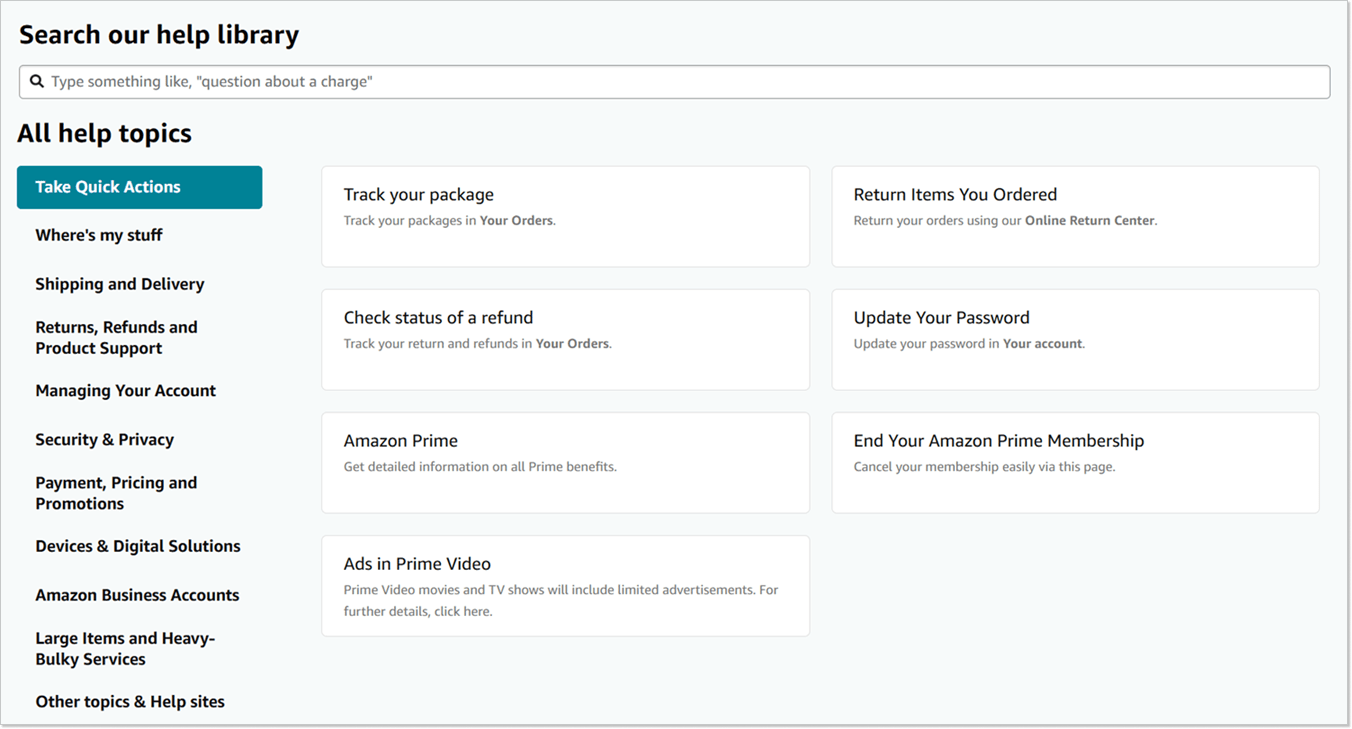
Good communications start with you
If your teams and staff don’t effectively communicate with each other, how can you expect them to communicate well with customers? Ensure that organizational silos are not disrupting communication and understanding. Encourage collaboration between different teams and/or departments so that everyone sings from the same song sheet.
Good collaboration means that staff know they can rely on each other, which means more effective communication with customers. Employee A may not know the answer to a customer’s question, but thanks to good internal communication, they know that employee B does know the answer.
Make it easy for teams and departments to communicate. That might mean using the company intranet. You can also integrate collaboration platforms or chat tools to keep everyone connected. This will be less stressful for employees and create a smoother user experience.
Your customer-facing staff must be competent and well-trained. Being passed from agent to agent can be frustrating, so ensure that calls and inquiries are routed to the right team. Have your customer service and tech support teams know what they are dealing with or who to forward the problem to if they can’t solve it.
The takeaway
Today’s customers expect businesses to go above and beyond. But even if you follow every tip we’ve explored, exceeding customer expectations won’t happen overnight. Identifying your specific audience’s wants will take time, but it’ll be worth it.
Relationships with customers should be built on trust. Ensuring that your communications with them are genuine, two-directional, and tailored to them is key to achieving a stellar customer experience.
Take time to understand customer preferences and expectations. Then, plan a communication strategy that aligns with those.
Remember, your goal is to create satisfied customers who then become loyal advocates for your brand. Continue to analyze what a “satisfied customer” means to your company, and always look for opportunities to go the extra mile.





